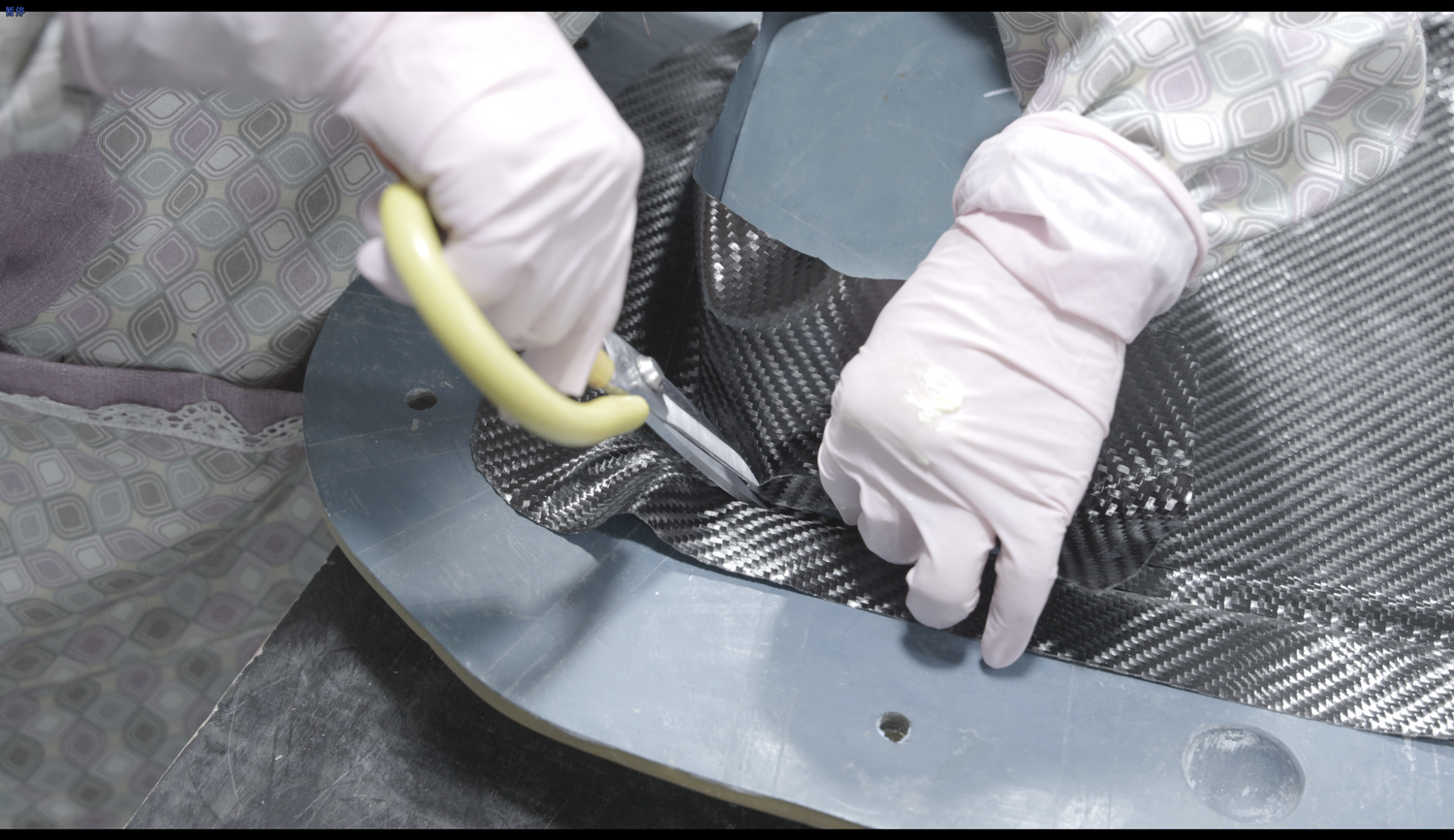Carbon fiber: "black gold" from the laboratory to the track
--The king of modern materials that is as light as a feather and as strong as steel
1. What is carbon fiber?
Carbon fiber is a fiber material with a carbon content of more than 90%. It is made of organic fibers (such as polyacrylonitrile and asphalt) through high-temperature carbonization. Its diameter is only 1/10 of a hair, but it has 5 times the strength of steel and 1/3 the weight of aluminum. It is known as the "king of materials in the 21st century."
Core features:
✅ Lightweight: density is only 1.7-2.0g/cm³
✅ High strength: tensile strength can reach more than 5000MPa
✅ Corrosion resistance: resist acid, alkali and salt spray erosion
✅ High temperature resistance: can withstand 2000℃ high temperature in an inert environment
II. The secret of carbon fiber manufacturing
1. Raw material selection
Polyacrylonitrile (PAN)-based carbon fiber: accounts for 90% of global production and has the best performance
Asphalt-based carbon fiber: low cost, mostly used in industrial fields
2. Key process steps
Pre-oxidation: stabilize fiber structure at 200-300℃
Carbonization: heat to 1000-2000℃ in inert gas to eliminate non-carbon elements
Graphitization (optional): 3000℃ treatment to improve crystallinity
Surface treatment: increase adhesion to resin
III. Why is carbon fiber so powerful?
(A schematic diagram of the carbon fiber composite material structure can be inserted here)
Microstructure
Graphite crystal arrangement: Carbon atoms are closely arranged in layered hexagons
Anisotropy: The strength is highest along the fiber axis and weaker in the transverse direction
Composite material design: Combined with epoxy resin to form a "rebar + concrete" structure
IV. Six major application areas of carbon fiber
1. Aerospace
Boeing 787 fuselage uses 50% carbon fiber, reducing weight by 20%
Satellite brackets, rocket nozzles and high temperature resistant parts
2. Automotive industry
Supercar body (such as Bugatti Chiron)
Modified parts (such as BMW M series carbon fiber grille and tail)
Lightweight battery box for new energy vehicles
3. Sports equipment
Bicycle frame (40% lighter than aluminum frame)
Tennis rackets, golf clubs, F1 racing steering wheels
4. New energy field
Wind turbine blades
Hydrogen fuel tanks
5. Building reinforcement
Bridge seismic reinforcement
Historical building protection
6. Medical technology
Carbon fiber bed board for X-ray machine (high light transmittance)
Prosthetic limbs, exoskeleton robots
V. Challenges and future of carbon fiber
(A laboratory R&D scene diagram can be inserted here)
Existing problems
💰 High cost: The raw materials and complex processes make the price 20 times that of steel
♻️ Difficult to recycle: Thermosetting resin-based composite materials are difficult to degrade
Technical breakthrough direction
Low-cost manufacturing: Development of new precursor materials
Thermoplastic carbon fiber: Achieve recyclability and reuse
Nano-level modification: Add carbon nanotubes to improve performance
Conclusion
From the roaring track of F1 racing to civil airliners flying through the sky, from life-saving medical equipment to wind turbines that light up thousands of households, carbon fiber is reshaping the boundaries of human technology with the attitude of "black gold". As technology continues to evolve, this light and tough material will surely write more legends.



Leave a comment
This site is protected by hCaptcha and the hCaptcha Privacy Policy and Terms of Service apply.